The Maldives, a small tropical nation of over a thousand islands located in the Indian Ocean, is known for its breathtaking beaches, crystal-clear waters, and diverse marine life.
What people may be less familiar with, however, is that the Maldives also has a rich culinary scene, full of vibrant, energetic dishes that reflect its unique history and geography.
Indeed, over the centuries, the Maldives has been influenced by a whole host of cultures, including Indian, Sri Lankan, and Southeast Asian, which has resulted in a fusion of flavours and spices that are distinct to this island nation.

The frequent use of coconut milk and curry powder is a clear indication of the Indian and Sri Lankan influence on Maldivian cuisine, while whole spices like cloves and cinnamon in many of the dishes also reflects the Arabic influence. Elements of African influence can also be seen in the use of cassava and other starchy vegetables. It’s an amalgamation of inspirations that all come together into a cohesive whole on the plate.
The country’s cuisine is heavily influenced by its geography. The Maldives consists of over 1,000 coral islands grouped into 26 atolls, with seafood naturally being a staple in most dishes. Today, we’re exploring the best dishes to try in the Maldives, highlighting the diverse range of flavours and spices that make Maldivian cuisine a must-try for any food lover. Join us; we’re getting hungry.
Garudhiya – A Clear, Classic Fish Soup
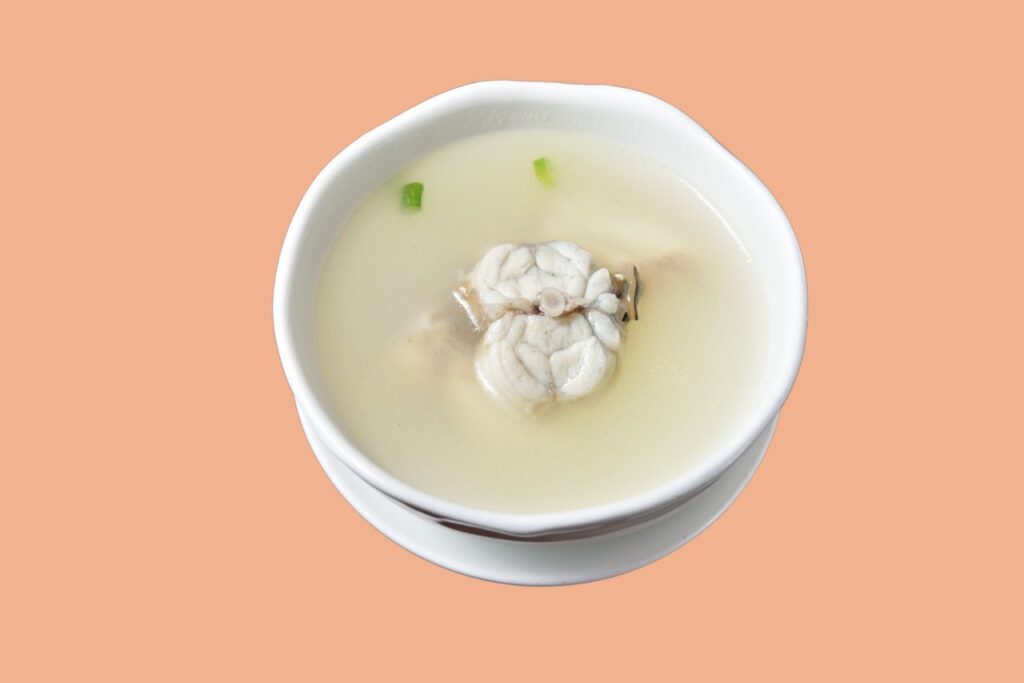
Though holidays to the Maldives usually focus on luxurious resorts, fancy five-star meals and expansive adventures, there’s plenty of pleasure to be found in the homestyle cooking of the country, too. This traditional Maldivian fish soup is a case in point. Made with fresh tuna, chilli, onion, and lime, the simplicity of the ingredients allows the natural flavours to shine through, its clear broth reminiscent of the archipelago’s crystal waters.
Culinary tourists should head to the lively, cosmopolitan island of Maafushi for an authentic taste of this delectable dish at the family-run restaurants along the shoreline. Maafushi is renowned for its exquisite seafood cuisine. Besides traditional Maldivian fish soup, you can also find grilled fish, octopus curry, and fish cutlets here. The island’s family-run restaurants have been serving these delicacies for generations, using only the freshest ingredients caught from the surrounding waters.
Mas Huni – The National Breakfast
A typical Maldivian breakfast and considered to be the national dish, Mas Huni consists of finely chopped tuna, coconut, onion, and chilli, served with roshi (a type of chapati-adjacent flatbread). Though you’ll find upmarket versions served in Maldives resorts and more traditional takes in the nation’s many street food markets, for a unique twist on this classic dish, visit the island of Thoddoo, known for its agricultural abundance, where seasonal fruits are often added to the mix.
Another unique version of Mas Huni is found on the island of Hulhumale, where some local restaurants add avocado to the traditional recipe. The creamy texture of the avocado complements the tuna and coconut perfectly, creating a delicious and nutritious breakfast option.
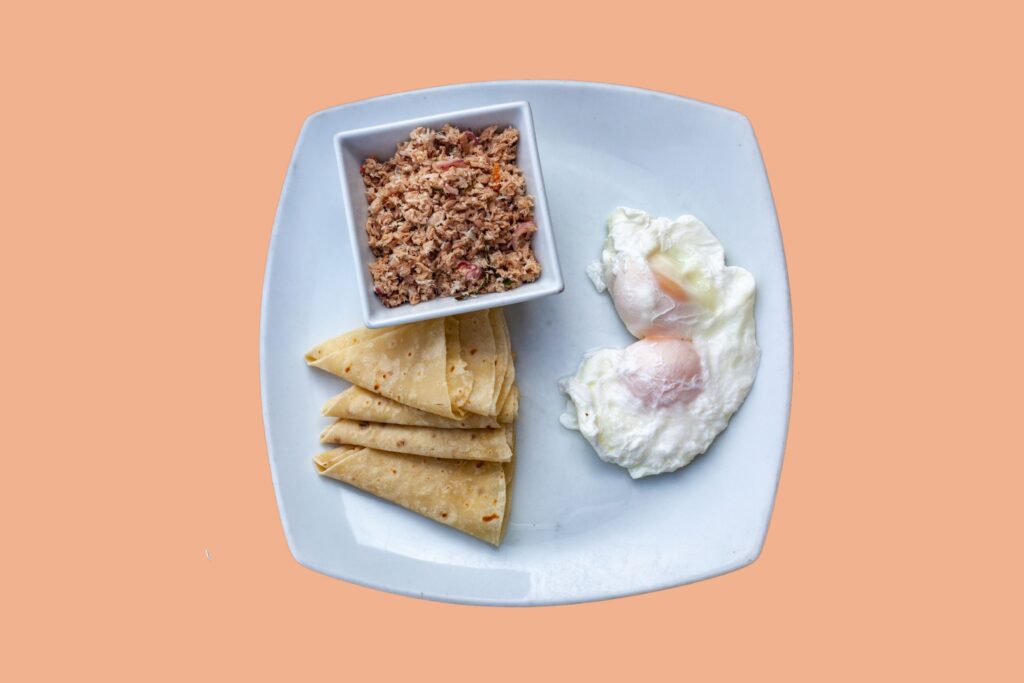
Huni Roshi – A Sweet & Spicy Coconut Stuffed Bread
A variation of the classic Mas Huni, Huni Roshi sees the roshi this time filled with a mixture of grated coconut, onion, and chilli. This snack is perfect for a midday pick-me-up and can be found at local cafes and eateries throughout the Maldives.
For a unique Huni Roshi experience, head to the island of Fulidhoo, where the dish is served with a side of freshly caught reef fish. The combination of the crispy bread, spicy coconut mixture and succulent fish dances across the palate almost provocatively. It’s bloody delicious.
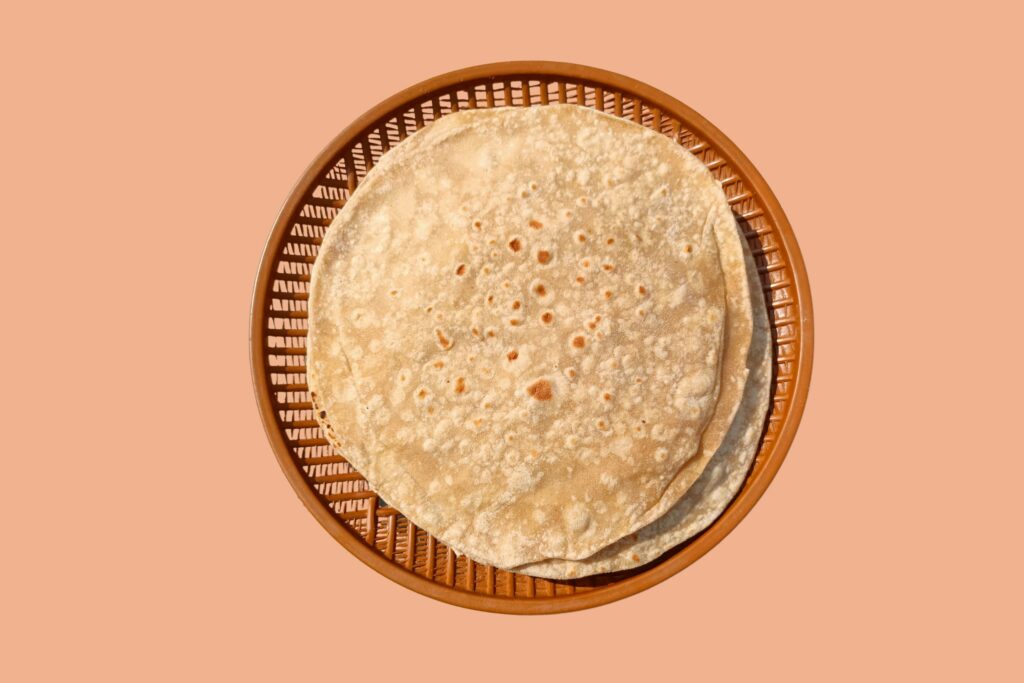
Kulhi Boakibaa – Spicy Fish Cakes
This spicy fish cake is made from smoked tuna, coconut, rice, and an assortment of spices. Often served during special occasions, Kulhi Boakibaa is best enjoyed at the local markets on the island of Hulhumalé, where vendors prepare it fresh daily.
Hulhumalé is also well known for its street food scene, and you can find a variety of other Maldivian delicacies here. Try the masroshi, a crispy version of roshi filled with tuna and spices, or the ubiquitous hedhikaa, a platter of deep-fried snacks that includes fish rolls, bajiya (spicy doughnuts), and keemia (fish cutlets).
Read: 4 IDEAL things to do on your romantic getaway to the Maldives
Bis Keemiya – Maldivian Samosas That Pair Beautifully With Tea
These Maldivian samosas are filled with a mixture of sautéed cabbage, onion, and hard-boiled eggs. Crispy on the outside and flavourful on the inside, Bis Keemiya can be found at local tea shops throughout the capital city of Malé.
The ideal drink to enjoy alongside Bis Keemiya is a cup of black tea with a dash of ginger. This spicy tea is a popular beverage in the Maldives and is believed to have numerous health benefits. The warmth of the tea pairs perfectly with the savoury flavour of the samosas, making for a delightful snack any time of day.
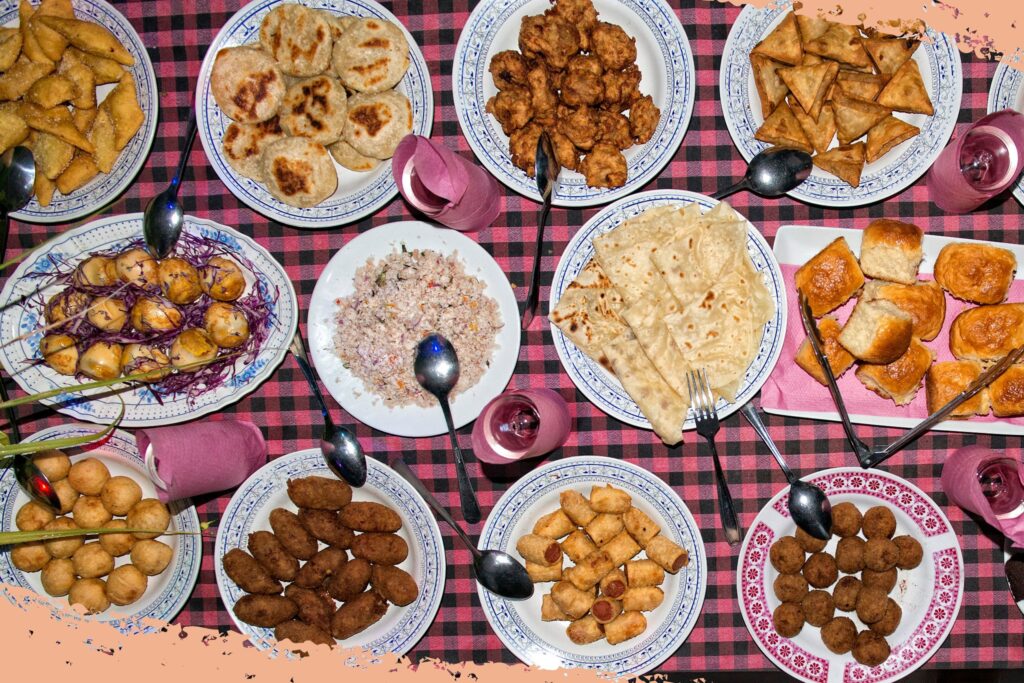
Rihaakuru – An Umami Rich Fish Condiment
This traditional Maldivian condiment is made from boiled and smoked tuna, mashed and mixed with salt. While it might not sound appetising to some, Rihaakuru is an essential ingredient in many Maldivian dishes, adding depth and umami to stews and curries in a similar vein to Malaysian belacan or Thai gapi.
For the best Rihaakuru experience, head to the island of Thulusdhoo, where you can watch the process of making this pungent condiment at the local factories. The island’s restaurants and cafes also offer a variety of dishes that feature Rihaakuru as a key ingredient, including a popular version of Garudhiya, that spicy fish soup from a few paragraphs prior that incorporates the condiment.
Alternatively, visit the fishing village of Gemanafushi to witness the age-old process of creating this flavorful paste and sample dishes that showcase its versatility.
Fihunumas – Spice-Rubbed Fish, Baked In Banana Leaf
Fihunumas is a popular Maldivian dish made with fish that is baked in the oven. The main ingredient used in this dish is a large fish, usually a reef fish called kanneli or masimas (red snapper).
To prepare fihunumas, the fish is first cleaned, scaled and the insides removed. Then it is rubbed with a mixture of salt, turmeric, chilli powder, and sometimes garlic and ginger paste. The fish is then stuffed with a mix of onions, garlic, curry leaves, green chilies, and grated coconut.
The fish is then wrapped in banana leaves and baked in the oven until the flesh is cooked and the skin is crispy. The banana leaves help to keep the fish moist during the baking process and impart a delicious flavour to the dish.
Fihunumas is often served with steamed rice or roshi, and accompanied by a side of spicy chilli sauce or vegetables. It is a flavourful and aromatic dish that showcases the fresh seafood that is abundant in the Maldives. Find it grilling on just about any beach; just look out for the smoke signals!
Bambukeylu Hiti – Breadfruit For Breakfast
This dish, made from breadfruit, is a staple in Maldivian cuisine. Sliced (and sometimes deep-fried), the breadfruit is then simmered in a coconut curry, the resulting dish, Bambukeylu Hiti, a gently bitter, invigorating affair. Enjoy, as always, with steamed rice, roshi or both.
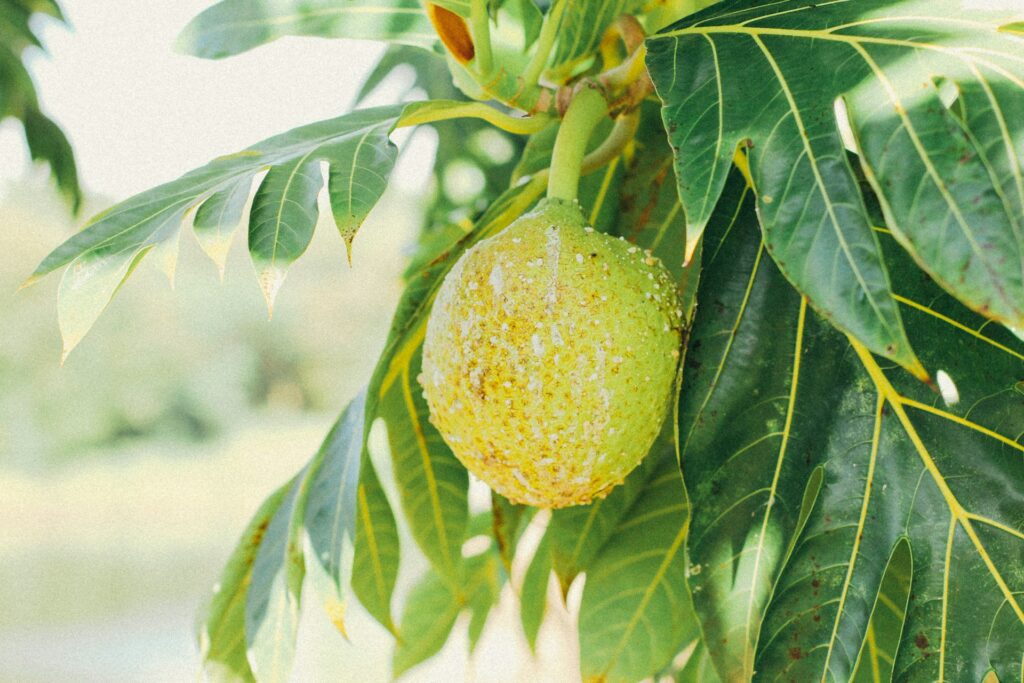
Dhonkeyo Kajuru – Deep Fried Fruit Fritters
Dhonkeyo kajuru is a traditional dessert from the Maldives that consists of deep-fried banana or jackfruit fritters coated with sugar. The dessert is made by slicing banana or jackfruit and mixing it with a batter of flour, coconut milk, sugar, and cardamom. The mixture is then deep-fried until it is crispy and golden brown. Once fried, the fritters are coated with sugar to give them a sweet and crunchy exterior.
The influences of dhonkeyo kajuru can be traced back to the Indian subcontinent, where similar types of fritters are popular. The Maldives has been a crossroads of trade and cultural exchange for centuries, and this has resulted in a cuisine that is influenced by the surrounding regions. The use of coconut milk, cardamom, and banana or jackfruit in the dessert is a reflection of the ingredients commonly found in Maldivian cuisine.
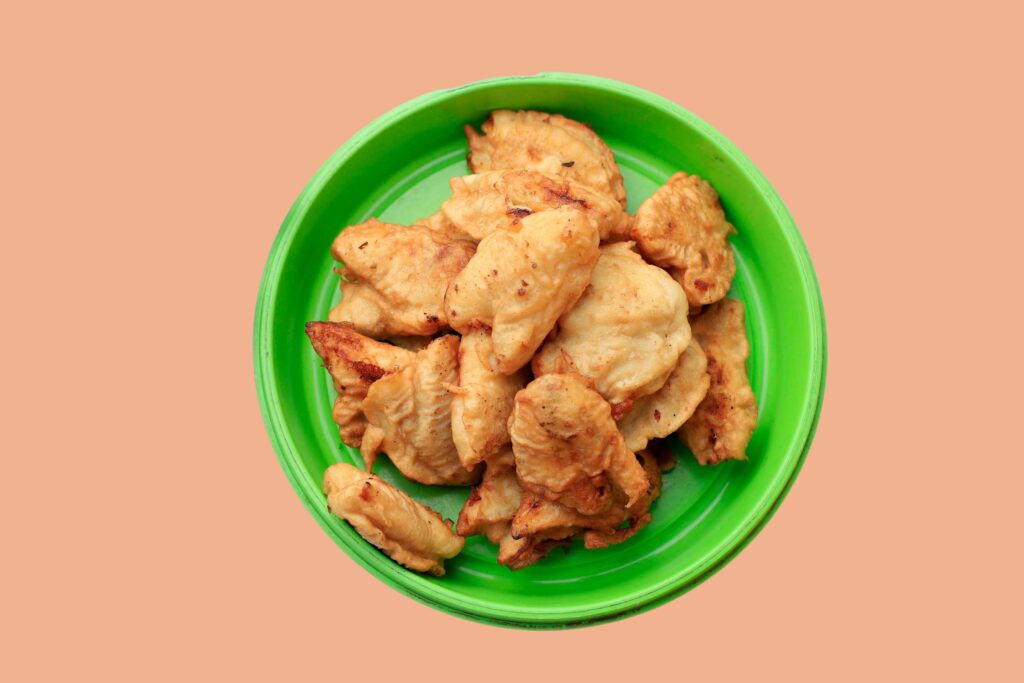
Aluvi Boakibaa – Snack-time, Maldives-Style
Aluvi Boakibaa is a popular Maldivian snack made with boiled cassava, boiled potato or both, alongside grated coconut, onions, chilli, and spices, which is then grilled until crispy and golden brown. This savoury snack, which comes in squared slices, is a must-try for any food lover visiting the Maldives, and there are many places where you can find it across the country.
One of the best places to try Aluvi Boakibaa is at the local markets and street food stalls in Male, the capital city of the Maldives. Here, you can find this delicious snack being prepared fresh on the grill, giving it a smoky flavour that is hard to resist. Some popular places to try Aluvi Boakibaa in Male include the Hulhumale’ fish market, the local market in Male, and the street food vendors near the Islamic Centre.
Havaadhulee Bis – Smoked Fish, Spice & All Things Nice
A combination of smoked fish, grated coconut, and spices including cumin, ginger and turmeric, all stuffed into a dough and deepfried, Havaadhulee Bis is a must-try for seafood (and donut!) lovers. The island of Kulhudhuffushi, with its thriving fishing industry, offers an unparalleled opportunity to taste this dish prepared by skilled local chefs.
Saagu Bondibai – A Sweet, Intoxicating Maldivian Dessert To End The Day On
A Maldivian dessert not to be missed, Saagu Bondibai is a creamy pudding made from sago pearls, coconut milk, and condensed milk, flavoured with pandan leaves, cardamom and rose water. The island of Fuvahmulah, known for its lush vegetation, offers an exceptional version of this sweet treat, incorporating locally sourced ingredients and bringing them to a heady conclusion.
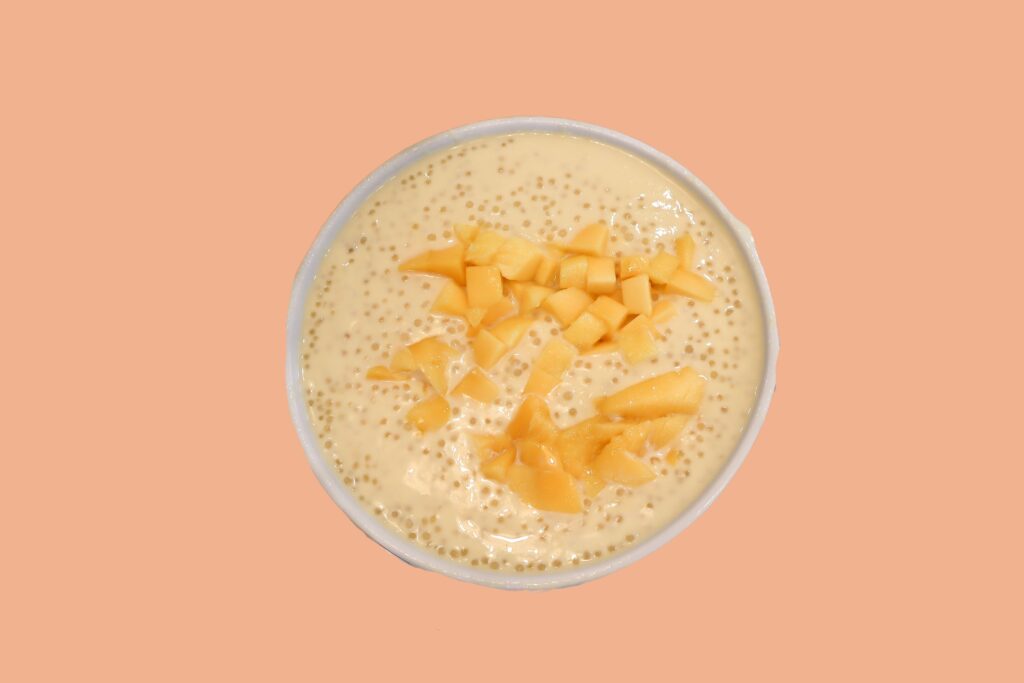
The Bottom Line
The Maldives is truly a paradise for seafood lovers, especially those who relish fish and shellfish, offering a diverse range of flavours and dishes that showcase the islands’ rich culinary heritage. With each island offering its unique take on traditional recipes, a trip to the Maldives is not complete without embarking on a gastronomic adventure through its azure waters and palm-fringed shores.




